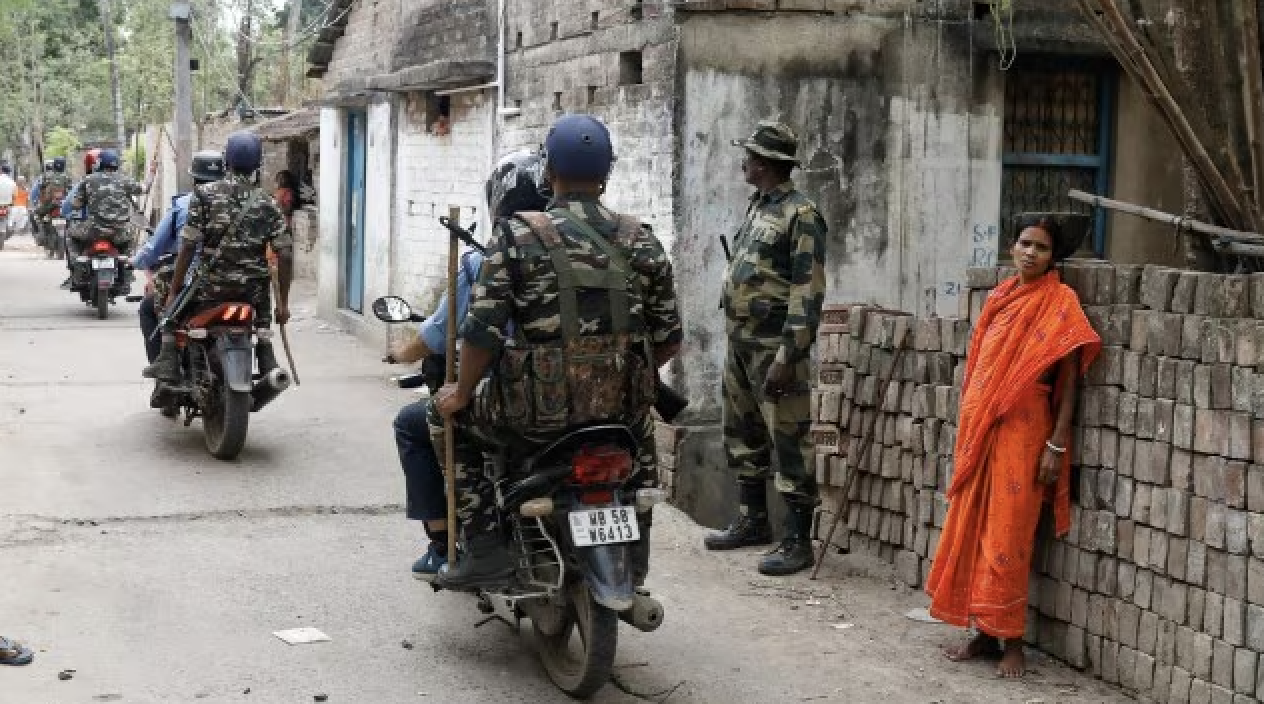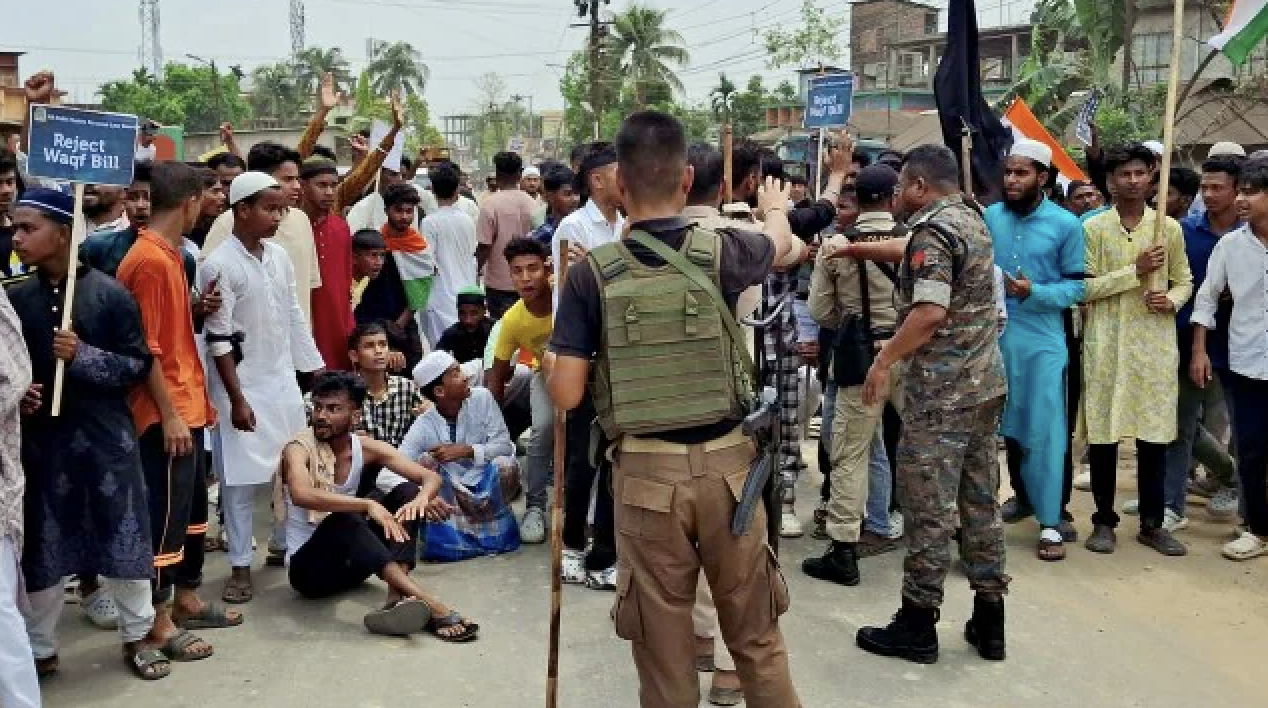
By Fahad Hasin / News Click
The Karnataka High Court has upheld institution’s right to prescribe a dress code—which could disallow hijab—and the state government’s order prohibiting religious attire at school. The petitioners and several Muslim organisations have expressed their disappointment over the order. While there have been, and will be, analyses of the court ruling by constitutional experts, but it is essential to take a step back, think about how it all began, and the lessons from it. Like most highly polarised debates, people on both sides do not recognise the genuine complexity involved in the matter.
Freedom of choice of clothing?
The argument that people have the right to freedom of choice of clothing is a straw man. The issue is actually about “reasonable accommodation”. The simplistic argument that people have the right to wear what they prefer is fine, generally-speaking, but weak in the specific context of schools that have prescribed a dress code. The principle that the schools can have rules governing the conduct of pupils —which includes a dress code—is widely considered legally valid. Whether dress codes are desirable as a matter of principle is a separate debate.
For example, suppose a school has prescribed a white uniform and, for whatever reason, Laxman prefers the colour blue. Generally speaking, Laxman has the right to wear blue, but does that apply to the white school uniform? I believe most reasonable people would say no.
Once the debate is not naively framed as just right to choose, the flaws in the argument from the other side—that dress code trumps all personal preference—can also be easily seen. If taken to its logical end, the simplistic dress code argument would mean that a turban, kautuka, janeu, etc., will also have to be barred. That seems neither possible nor desirable. Reasonable accommodations are a sign of any civil and mature society. It is another discussion whether the hijab is patriarchal or not; that is immaterial to the current debate.
The so-called hijab debate is still not ‘settled’, as the contestation over what qualifies as ‘reasonable’ is the actual huddle. Things get complicated here as these lines are formed through prevailing norms that emerge from reciprocity among communities and institutions acting in good faith. Good faith goes out of the window once the debate becomes polarised along communal lines.
Courts are not best placed to settle such debates
The court has to rely on some principle to determine whether the hijab should be considered a reasonable accommodation. Considering so many religions with various practices, the courts have relied on the “essential practices test”. That is, it guarantees protection to only those practices of a faith that are absolutely essential to the religion. In this case, too, the court examined whether the hijab is an essential practice in Islam. It ruled that it is not and could therefore be subject to reasonable restrictions like a dress code.
This is, as many have observed, fraught with issues. The court attempts to settle these issues based on what is in the religious text—of which there are several competing interpretations—without possibly being able to take into account the complex process through which these practices evolve or are perceived. Besides, the act of interpreting religion by a secular court is itself questionable.
Due to the complexity involved—the fundamentally fuzzy nature of the lines to be drawn—solutions by the courts would often seem either arbitrary or inadequate. These issues are ideally settled amicably and locally with as low stakes as possible. The more a problem is in the public view, the more each side will harden their stance to virtue signal.
Context of polarisation
The controversy over the school dress code has to be looked at in the context of growing religious polarisation in Karnataka. Vigilante groups associated with Hindu nationalism are gaining a firm foothold in the state. The emphatic voices against hijabs in school are less to do with a progressive agenda. Last month, during the peak of the controversy, Karnataka Primary and Secondary Education Minister BC Nagesh warned of strict action against educational institutions if they force students to remove the tilak, kumkum, bindi etc., saying they are not religious symbols but “part of culture”.
Clearly, there is no intention to uniformly apply the ban on religious attire, and the government’s claim that the guiding principle is to not have any religious symbols at school is not credible.
We often take for granted the delicate equilibrium society has evolved based on mutual understanding and reciprocity. Hindutva seeks to alter this status quo. The Karnataka government under Chief Minister Basavaraj Bommai has a clear ideological agenda. Ultimately, the challenge is to tackle the Hindutva onslaught, the root cause of such issues. Those serious about countering it should think local: strive to solve issues where they arise, strengthen inter-community relations, inculcate good faith and mutual reciprocity, and defend the mutuality locally when necessary.
There are vested interests on all sides. Some Islamist groups stand to gain by blowing such issues out of proportion at the cost of causing more polarisation beyond their zone of influence. Muslim Okkoota, a local grouping of Muslim organisations in Udupi, has claimed it was trying to solve the issue by talking to college authorities and parents—albeit without much initial success—but the Campus Front of India (CFI) made it a big issue by circulating photographs and “provoking the college and the BJP [Bharatiya Janata Party] leaders to harden their stand”. CFI is a student organisation affiliated with the radical outfit Popular Front of India (PFI). The PFI backs the Social Democratic Party of India (SDPI), which has made some gains in the Urban Local Body elections with the help of the counter-mobilisation of Muslims.
Think and strengthen the local
For years, many schools quietly accommodated the hijab in their dress code, while some did not. Parents or students for whom hijab is non-negotiable would self-select into schools that made accommodations. It was never as big an issue as it suddenly became late last year. Once it snowballed, several colleges started explicitly banning the hijab, possibly to signal loyalty to the current government’s ideological agenda. As the issue became mainstream, the stakes kept increasing—eventually both sides were pushed into extremes. The outcome was worse for Muslim girls, as the colleges that earlier made accommodations stopped doing so.
From an outcome perspective, the lesson is to protect and strengthen the delicate equilibrium of society. Not all battles are worth fighting: Let us acknowledge that vesting an issue with very high stakes can prove strategically counter-productive. The more an issue goes to a higher level—say, if it becomes a “national debate”—the more abstract it becomes. And in the abstract, issues take the shape of a “clash of civilisations”, whereas the concreteness of the local lived reality is a deterrent against superfluous narratives. Of course, the local too, has limitations, but it is better than empty rhetoric. Mutual understanding between institutions and social groups—and within and across communities—is likely to provide a more stable solution than a court verdict.
This article first appeared on newsclick.in






